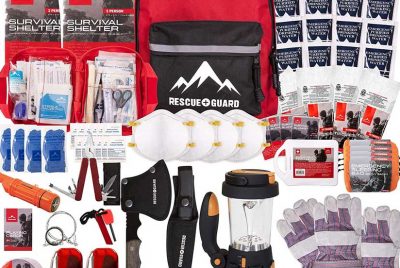There are lots of cheap prepper supplies that are great for building a beginner's survival kit.…
Bug Out Bag List – The Ultimate Survival Essentials
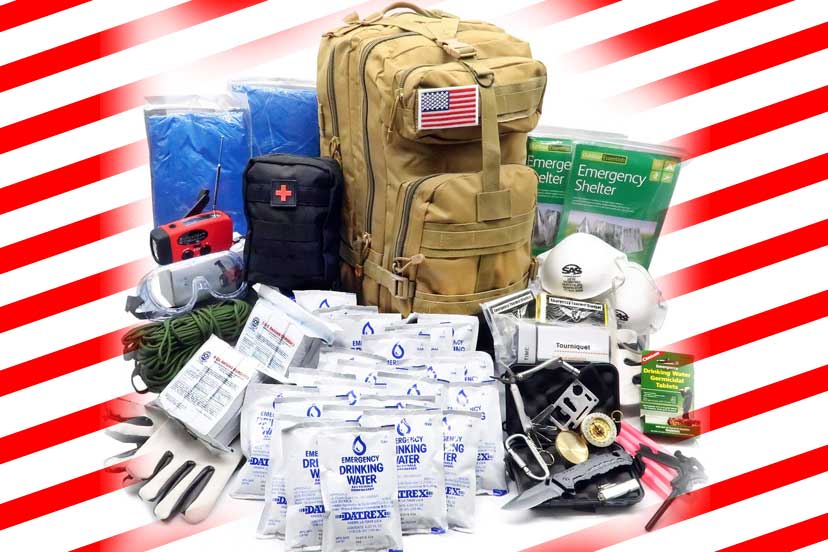
Everyone has a different opinion about what survival essentials belong on a bug out bag list. That’s because each individual has a different personal situation. There is only so much room in a bug out bag or survival backpack. This means you need to think carefully about what bug out bag essentials are most important for you. When possible, pack multi-purpose tools instead of tools that have only one purpose. The fewer tools you pack, the lighter your bag will be.
There are two important takeaways here. First, look at lots of survival lists to get ideas about what others are putting into their survival gear kit. Second, evaluate your individual situation to determine which essentials are most important to you. For example, if you live in a cold climate, your bug out bag list will be different than if you live in a hot climate. In an urban location, the urban survival gear you need will be different than what you need for wilderness survival. I encourage you to study the following list of useful survival items. Think about your personal needs and then decide which items are worth including in your bag.
1. Water
This is the most important item you can add to a bug out kit. However, water is heavy. If you live in an area where water is plentiful, you can sometimes get away with including just a couple of water bottles. Then, as you need more water, use water filtration tablets and bottle water filters. They’re lightweight and will easily fit into a bug out backpack.
2. Food
If the emergency only lasts a few days, you won’t need much food. But if it lasts longer, you’ll want to add as many calories to your bag as possible, while adding the least amount of weight possible. The Datrex Emergency Food Bars are high calorie, but take up little space. Freeze-dried and dehydrated foods are also good, lightweight options. Be sure to pack eating utensils if the type of food you pack requires them.

3. Knife
A durable, full tang survival knife is a must-have item in an emergency situation. It’s a multi-purpose tool that can be used for protection, food preparation, producing kindling for fire making, cutting rope, and many other things. A good multi-purpose knife that also includes fire starter capabilities is the Swedish FireKnife.

4. Plastic Trash Bags and Ziploc Bags
Plastic bags are lightweight and take up very little space. They can serve many purposes including keeping you and your bug out bag dry, collecting water, keeping your campsite clean, making a poncho, or even being packed with materials to make a pillow or mattress. Ziploc bags can keep your tools dry or make it easy to gather edibles or water in the wild.
5. Flashlight
Once it gets dark, you’ll be glad you packed a flashlight. Groping around in the dark during an emergency situation is never fun. So be sure to add an LED tactical flashlight to your bug out bag list.
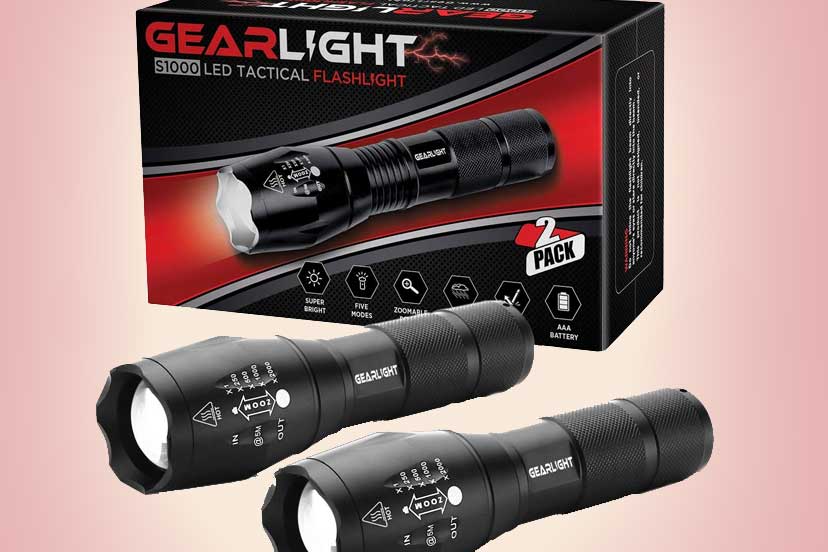
6. Paracord or Nylon Rope
This is another great multi-purpose item. Paracord can be used to tie extra tools and survival supplies to a backpack, hang a tarp for shelter, hang food from trees to keep it out of reach from animals, and more.
7. Tarp for Shelter
The Snugpak All Weather Shelter can protect you from the sun, snow, rain, and wind. This is a lightweight tarp that offers a great deal of protection from the elements.
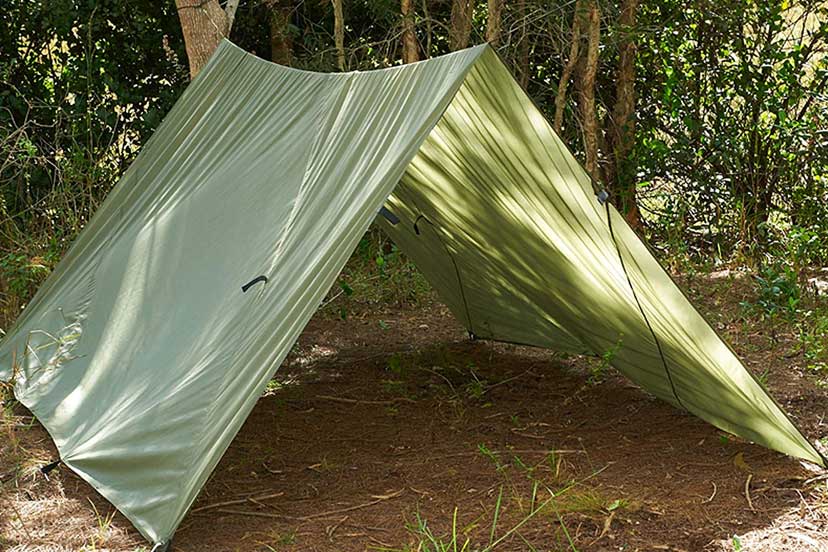
8. First Aid Kit
At a minimum you should carry some bandages and gauze. When you’re in a survival situation, it’s very easy to sustain cuts. Having a way to stop bleeding or dress a wound is always a good idea.
9. ChapStick
Most preppers never even think about ChapStick. However, it can make the difference between being comfortable or miserable. Emergency situations can be stressful enough without adding cracked, dry, painful lips to the equation.
10. Bug Repellent
If you’re forced to evacuate your home, or live in a wilderness area, having some bug repellent just might be one of the best items you have in your pack.
11. Mobile Phone
Having a way to communicate with others is vital during an emergency. Be sure to bring any cables or plugs that are required for recharging as well.
12. Portable Solar Charger
Without any way to recharge your cell phone, once it goes dead you’ve lost all contact with others. Portable solar chargers are very small and weigh very little.

13. Cash
You never know how long an emergency situation will last. And once you run out of food or water, having some cash on hand may allow you to buy more supplies from other survivalists. Don’t leave home without some.
14. Duct Tape
Duct tape is a favorite among survivalists. Repairing a tarp, making a sling, resealing food packages, and making a clothesline are just a few of its uses.
15. Bandana
Bandanas can be used for many things including first aid applications, face or neck protection, and dust mask. And it doesn’t even have to take up space in your survival pack; it can be tied to your belt or pack.
16. Waterproof matches or Fire Starter
Having the ability to start a fire is important in a survival situation. Fires can keep you warm and cook your food. There are many ways to start a fire. Waterproof matches, flint stone and fire starter, and WetFire cubes are all good methods for starting fires. This is another must-have item for your bug out bag list.
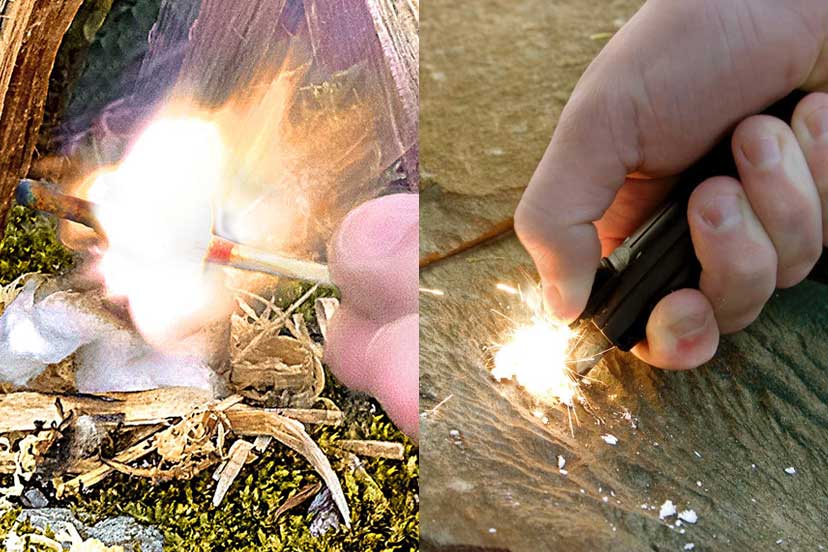
17. Mylar Blankets
It would be nice to have a warm wool blanket, but they can be rather heavy. A Mylar blanket takes up very little space and is lightweight, but it can help keep you warm in an emergency.
18. Safety Pins
This is another item that has many uses. They can be used as clothespins, used as a fishing hook, hanging items on a backpack, or keeping pockets closed so items won’t fall out.
19. Shoelaces
Keep several in your survival pack. Shoelaces can replace broken ones on your boots, tied together to make a rope or a belt, used as a sling, and many other things.
20. Folding Shovel
You may think that a shovel would be too large to put into a survival bag, but folding shovels can fold down to as little as 6 inches. A shovel serves many purposes including digging a fire pit, or digging a hole to use for bathroom business. A shovel with a serrated edge can be used to cut wood or make kindling.
21. Work Gloves
Having a good pair of work gloves can help prevent blisters and sore hands. You may find yourself using a folding shovel to dig a hole. You might be using your knife to make kindling. Wearing gloves can keep your hands protected.
22. Self-Defense Protection
If you come across other survivalists that want what you have, and will do anything to take it from you, it’s good to be able to protect yourself. A small can a mace may be just what you need. And better yet, if you had it on a self-defense keychain, it would be even easier to get to it quickly.
23. Survival Wire Saw
A wire saw takes very little space, but can be a lifesaver when it comes to cutting wood for a fire. An axe is another alternative, but it takes up more space in a bug out bag.
24. Compass and Local Map
If you’re forced to evacuate your home, having a good compass and local map can keep you from getting lost.
25. Toilet Paper
Last, but certainly not least, is toilet paper. Trust me, leaves just won’t cut it for most people, so having a roll or two can really make survival a lot more comfortable.
Many people will pack whatever bug out gear they can fit into their survival bag. This can lead to big backpacks that are hard to carry. Make sure your bug out bag contents will include the things that are most important for your survival. When you’re faced with a real disaster or emergency situation, you want your survival gear to include things that will keep you alive. You don’t want to be carrying items that aren’t important, that will only add weight to your go bag.
There are many things to think about when creating a bug out bag list. Do your best to use multi-purpose tools that will take up less space and be lightweight. And be sure to think about what items would be most essential in your personal situation and location. The goal is to put together the best survival backpack you can, that weighs the least amount possible. Emergencies can happen at any time, but if you’re prepared, your chances of thriving are increased dramatically.
Like this Article? Pin it on Pinterest



